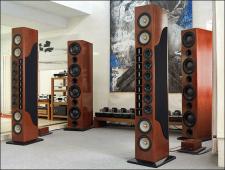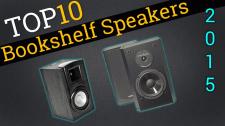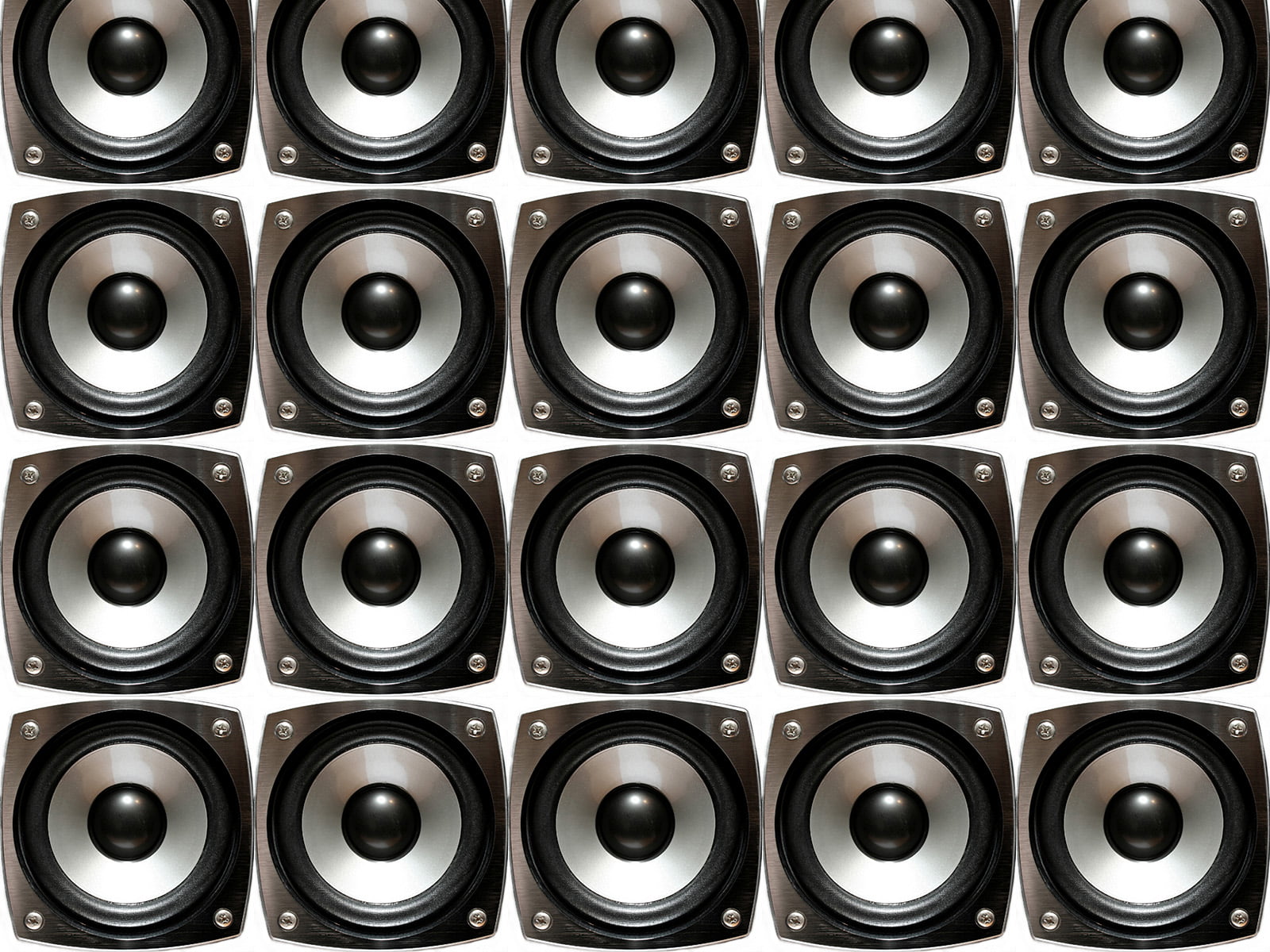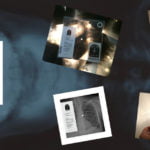It’s the time of year for saving money!
I’ve been in the speaker business for over 30 years and I’ve sold, owned, admired and helped conceive many speakers over those years. I’ve worked with disciplined, “scientific” engineers and relatively unschooled “intuitive” designers – both have produced satisfying end results. In fact, the scientific guys used quite a lot of intuition, and the intuitive guys actually paid a fair bit of attention to science even if they lacked a formal engineering education. These approaches are not as far apart as they might seem.
 Personally, I’ve enjoyed speakers that featured multiple drivers and complex crossovers as well as simple two-way designs, and even full-range electrostatics. I’ve heard musical speaker designs with heavy cabinets, sometimes made of exotic materials, and also speakers using basic rectilinear enclosures made from common MDF. Success has been achieved using a variety of driver types, shapes and materials in various configurations – soft dome, metal dome, diamond dome, bellirium dome, folded ribbon…and woofer materials – paper, carbon fiber, metal, composites of any the previously mentioned materials, (and on and on!)
Personally, I’ve enjoyed speakers that featured multiple drivers and complex crossovers as well as simple two-way designs, and even full-range electrostatics. I’ve heard musical speaker designs with heavy cabinets, sometimes made of exotic materials, and also speakers using basic rectilinear enclosures made from common MDF. Success has been achieved using a variety of driver types, shapes and materials in various configurations – soft dome, metal dome, diamond dome, bellirium dome, folded ribbon…and woofer materials – paper, carbon fiber, metal, composites of any the previously mentioned materials, (and on and on!)
None of these very enjoyable speakers, however, really fooled me for a moment (well, a very few for perhaps a moment) into thinking the instruments and/or voices were real. I’ve often said that you can tell instantly that a piano or trumpet coming from a 4th floor window is real at street level – there is a dynamic quality from a complete lack of compression and a unique harmonic signature that is instantly recognizable as live sound…and that the best reproduction fails to deliver.

I’m not even sure that the proper goal of sound reproduction is “live” sound. I think the two experiences are distinct but equally enjoyable, and the reproduced one has the compelling advantage of easy accessibility to match your emotional need.
The “best” speaker – indeed the best hi-fi system – is not the most “accurate” one because accuracy is a red herring, because for the vast majority of listeners accuracy can’t be determined, let alone achieved. Excellent as many loudspeakers are, no speaker can fully capture the full dynamics and harmonic content of live instruments and voices; that they can do as well as they do while being so dissimilar is miraculous enough. We don’t have the same room as the original recording and the room is critical to the sound. Most recordings don’t even originate in an acoustic space, at least not in the sense of a band playing together in one room.
There are thousands of unknown variables in recording equipment and techniques, including post-processing. As experienced listeners, we believe we can make valid sound quality judgments because we have developed a better ability to identify and describe differences over years of listening intently – but it is a conceit to think this entitles us to pronounce a “best” speaker or a best anything else in sound reproduction. (It is, however, a necessary conceit to finalize a product for commercial release!) All audio devices are filters to some degree and they are acting as such on imperfect recordings.
 The other reality is that we all listen differently, mostly because we respond individually to different elements of music. Obviously, this accounts for the vastness of music itself. Even with specific recordings, we focus on different things. I have often participated in shows and dealer events and gotten widely varying reactions from people to the same recording in the same room on the same equipment. To a degree, this has to do with the listener’s position in the room, of course, but it also has much to do with what people listen for – the clarity of the vocal, articulation of the bass, sense of scale, dynamics, separation of the instruments, etc. One person is mostly paying attention to the vocal, unconsciously perhaps, and is enthralled by the sense of body while another hears a bit of distortion or the inability to capture the deepest notes on the bass line and that spoils his experience. Neither listener is wrong.
The other reality is that we all listen differently, mostly because we respond individually to different elements of music. Obviously, this accounts for the vastness of music itself. Even with specific recordings, we focus on different things. I have often participated in shows and dealer events and gotten widely varying reactions from people to the same recording in the same room on the same equipment. To a degree, this has to do with the listener’s position in the room, of course, but it also has much to do with what people listen for – the clarity of the vocal, articulation of the bass, sense of scale, dynamics, separation of the instruments, etc. One person is mostly paying attention to the vocal, unconsciously perhaps, and is enthralled by the sense of body while another hears a bit of distortion or the inability to capture the deepest notes on the bass line and that spoils his experience. Neither listener is wrong.
At bottom, all we really want is sound that is emotionally compelling to us. This is where it gets really interesting and why we have so many different speakers to choose from…and that is a good thing…
Doug Henderson has had a nearly thirty-five year career in the high performance audio industry, starting at Dahlquist speakers in 1983, continuing for 22 years as principal of independent rep firm Audtek, representing a virtual who’s who of manufacturers including Audio Research, Bowers & Wilkins, Meridian, Krell, Rotel, Sonus faber and others. Most recently he was for a decade president/CEO of B&W Group North America.








